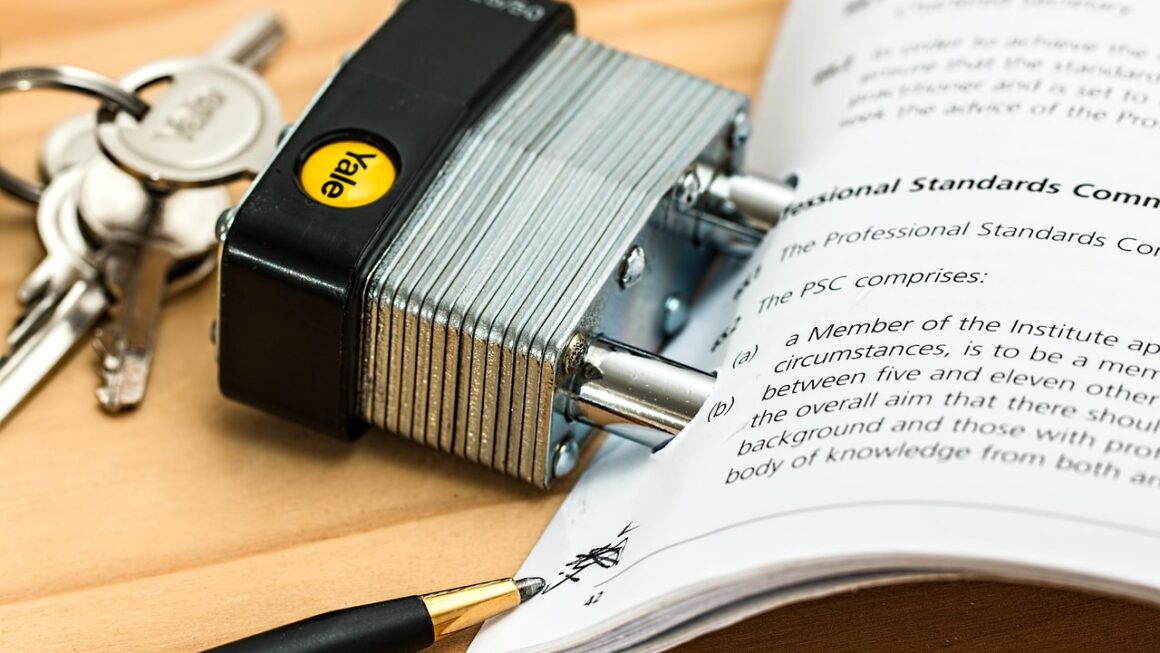Budgeting can feel like a daunting task, conjuring images of spreadsheets and deprivation. But, in reality, creating a budget is about gaining control, achieving financial clarity, and setting yourself up for a more secure future. It’s not about restricting yourself; it’s about strategically allocating your resources to align with your priorities and reach your financial goals. Whether you’re saving for a down payment on a house, paying off debt, or simply wanting to understand where your money is going, effective budget planning is the first step.
Understanding the Basics of Budgeting
Budgeting is the process of creating a plan for how you’ll spend your money. It involves tracking your income and expenses, and then creating a strategy for allocating your resources in a way that aligns with your financial goals. A well-constructed budget empowers you to make informed financial decisions and avoid living paycheck to paycheck.
Why is Budgeting Important?
- Financial Awareness: Budgeting forces you to understand exactly where your money goes each month. You might be surprised to discover how much you’re spending on things you don’t even realize.
- Debt Management: A budget allows you to prioritize debt repayment by allocating specific funds toward reducing your outstanding balances.
- Savings Goals: Budgeting enables you to set realistic savings goals and track your progress toward achieving them, whether it’s for retirement, a down payment, or a vacation.
- Financial Stability: By controlling your spending and saving regularly, you build a financial safety net that can help you weather unexpected expenses or job loss.
- Reduced Stress: Knowing where your money is going and having a plan for the future can significantly reduce financial stress and anxiety.
Common Budgeting Methods
There are several budgeting methods you can choose from. Here are a few popular options:
- 50/30/20 Rule: This method allocates 50% of your income to needs, 30% to wants, and 20% to savings and debt repayment. This is a good starting point if you’re new to budgeting.
- Zero-Based Budgeting: With this method, you allocate every dollar of your income to a specific category, ensuring that your income minus your expenses equals zero. This requires careful planning and attention to detail.
Example: If you make $3,000 a month, your budget should allocate $3,000 to various categories like rent, food, transportation, savings, etc.
- Envelope Budgeting: This method involves using physical envelopes to allocate cash for different spending categories. Once the money in an envelope is gone, you can’t spend any more in that category until the next budget cycle. This works well for categories like groceries, entertainment, or clothing.
- The Pay Yourself First Method: This prioritizes savings by allocating a portion of your income to savings or investments before you pay any other bills.
- Activity based budgeting: A newer form of budgeting where you plan and track your budget based on activities (dining out, movies, etc.) and not necessarily categories. This can help determine where money is going in a more detailed way.
Step-by-Step Guide to Creating a Budget
Creating a budget doesn’t have to be complicated. Follow these steps to get started:
Step 1: Calculate Your Income
- Net Income: The first step is to determine your net income, which is the amount you receive after taxes and other deductions. This is the money you actually have available to spend.
- Variable Income: If your income varies, calculate an average based on your earnings over the past few months. Err on the side of caution and use a slightly lower average to ensure you’re not overspending.
Example: If you’re a freelancer, average your monthly earnings from the past 6 months.
Step 2: Track Your Expenses
- Categorize Expenses: Track all your expenses for at least a month to get a clear picture of where your money is going. Use categories such as housing, transportation, food, utilities, entertainment, and debt payments.
- Use Budgeting Tools: Consider using budgeting apps like Mint, YNAB (You Need A Budget), or Personal Capital to automate the tracking process. Spreadsheet programs like Google Sheets or Microsoft Excel can also be used.
- Don’t Forget Irregular Expenses: Factor in irregular expenses like annual subscriptions, car repairs, or holiday gifts. Divide the annual cost of these expenses by 12 to budget for them monthly.
Example: If your car insurance is $600 per year, budget $50 per month for it.
Step 3: Set Financial Goals
- Short-Term Goals: These are goals you want to achieve within a year, such as paying off a credit card or saving for a vacation.
- Medium-Term Goals: These goals typically take 1-5 years to achieve, such as saving for a down payment on a house or purchasing a new car.
- Long-Term Goals: These goals take more than 5 years to achieve, such as retirement planning or paying off a mortgage.
- SMART Goals: Ensure your goals are Specific, Measurable, Achievable, Relevant, and Time-bound.
Example: Instead of “Save more money,” set a goal like “Save $500 per month for a down payment on a house in 3 years.”
Step 4: Create Your Budget Plan
- Allocate Funds: Based on your income, expenses, and financial goals, allocate funds to each category in your budget.
- Prioritize Needs: Ensure that essential needs like housing, food, and transportation are covered before allocating funds to wants.
- Adjust Spending: If your expenses exceed your income, identify areas where you can cut back on spending. This might involve reducing discretionary spending or finding ways to lower your fixed costs.
Step 5: Review and Adjust Your Budget Regularly
- Monthly Review: Review your budget at the end of each month to see how you performed. Compare your actual spending to your planned spending and identify any areas where you overspent or underspent.
- Make Adjustments: Based on your review, make adjustments to your budget as needed. This might involve reallocating funds to different categories or setting new financial goals.
- Stay Flexible: Life changes, so be prepared to adjust your budget as your circumstances evolve. This might involve adjusting your budget after a job change, a major purchase, or a significant life event.
Tips for Sticking to Your Budget
Sticking to a budget can be challenging, but it’s achievable with the right strategies.
Automate Savings
- Set Up Automatic Transfers: Set up automatic transfers from your checking account to your savings account or investment account on a regular basis. This ensures that you’re consistently saving money without having to think about it.
- Employer Retirement Plans: Take advantage of employer-sponsored retirement plans like 401(k)s, which often offer matching contributions.
Track Your Spending Diligently
- Use Budgeting Apps: Budgeting apps make it easy to track your spending and stay on top of your budget.
- Review Bank Statements: Regularly review your bank statements and credit card statements to identify any discrepancies or areas where you’re overspending.
Find Ways to Reduce Expenses
- Negotiate Bills: Contact your service providers and negotiate lower rates for your internet, phone, or insurance bills.
- Cut Discretionary Spending: Identify areas where you can cut back on discretionary spending, such as eating out, entertainment, or shopping.
* Example: Reduce eating out from 3 times a week to once a week.
- DIY Solutions: Look for ways to do things yourself, such as cooking at home instead of ordering takeout or performing basic home repairs.
Set Realistic Goals
- Avoid Overly Restrictive Budgets: Avoid creating overly restrictive budgets that are difficult to stick to. Instead, focus on making gradual changes and setting realistic goals.
- Celebrate Successes: Celebrate your budgeting successes to stay motivated and encouraged.
Seek Support
- Financial Advisor: Consider working with a financial advisor who can help you create a personalized budget and develop a long-term financial plan.
- Budgeting Buddy: Partner with a friend or family member who is also working on their budget. You can support each other and share tips and strategies.
Budgeting Tools and Resources
Several tools and resources can help you create and manage your budget effectively.
Budgeting Apps
- Mint: A popular budgeting app that tracks your income and expenses automatically.
- YNAB (You Need A Budget): A budgeting app that helps you allocate every dollar of your income.
- Personal Capital: A budgeting app that offers investment tracking and financial planning tools.
- PocketGuard: A budgeting app that helps you stay within your spending limits.
Spreadsheet Programs
- Google Sheets: A free, cloud-based spreadsheet program that you can use to create and track your budget.
- Microsoft Excel: A powerful spreadsheet program with advanced budgeting and financial planning features.
Online Resources
- NerdWallet: A website that offers budgeting tips, tools, and resources.
- The Balance: A website that provides personal finance advice and budgeting strategies.
- Investopedia: A website that offers educational content on various financial topics.
Conclusion
Effective budget planning is a cornerstone of financial well-being. By understanding your income and expenses, setting financial goals, and using the right tools and strategies, you can gain control of your finances and build a secure future. Remember to review and adjust your budget regularly and stay committed to your financial goals. Whether you’re a seasoned budgeter or just starting, a well-crafted budget is your roadmap to financial success. Take the first step today and start planning your future!




